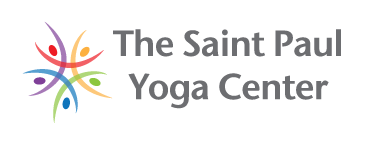These eight words from Prashant Iyengar, son of B.K.S. Iyengar, speak volumes. Going as far as we can in an asana (yoga posture) may seem reasonable, especially when first beginning the practice of yoga and especially if your range of motion seems to be very limited (i.e., you perceive yourself as being “tight”). Indeed, extending the range of expression of the body, breath and mind is one of the common effects of yoga practice. As mobility increases, we are invited to pay more attention to stability and how we create that. We have a great need to be stable physically, mentally and emotionally. If we don’t create stability consciously, we will create it unconsciously. That can dramatically decrease the odds of having a balanced form of stability.
Once sufficient mobility has been achieved, striving for more and more mobility will tend to move us away from optimal structural and functional integrity. This will also tend to cut us off from the deeper aspects of yoga, focusing us on quantitative practice to the exclusion of a more qualitative practice. If we are to balance work (effort, action) and surrender (letting go, nonattachment)—said to be the two pillars of yoga practice—then we need to include more subtle qualities in our practice.
Fortunately, we all have the capacity to move from less subtlety toward greater subtlety.
Bringing more attention to the full range of qualities we are expressing is a powerful doorway back into the present, as well as a more meaningful tool for measuring the effectiveness of our practice. I encourage you to meditate on Prashant’s wise words to find your own meaning in them.
